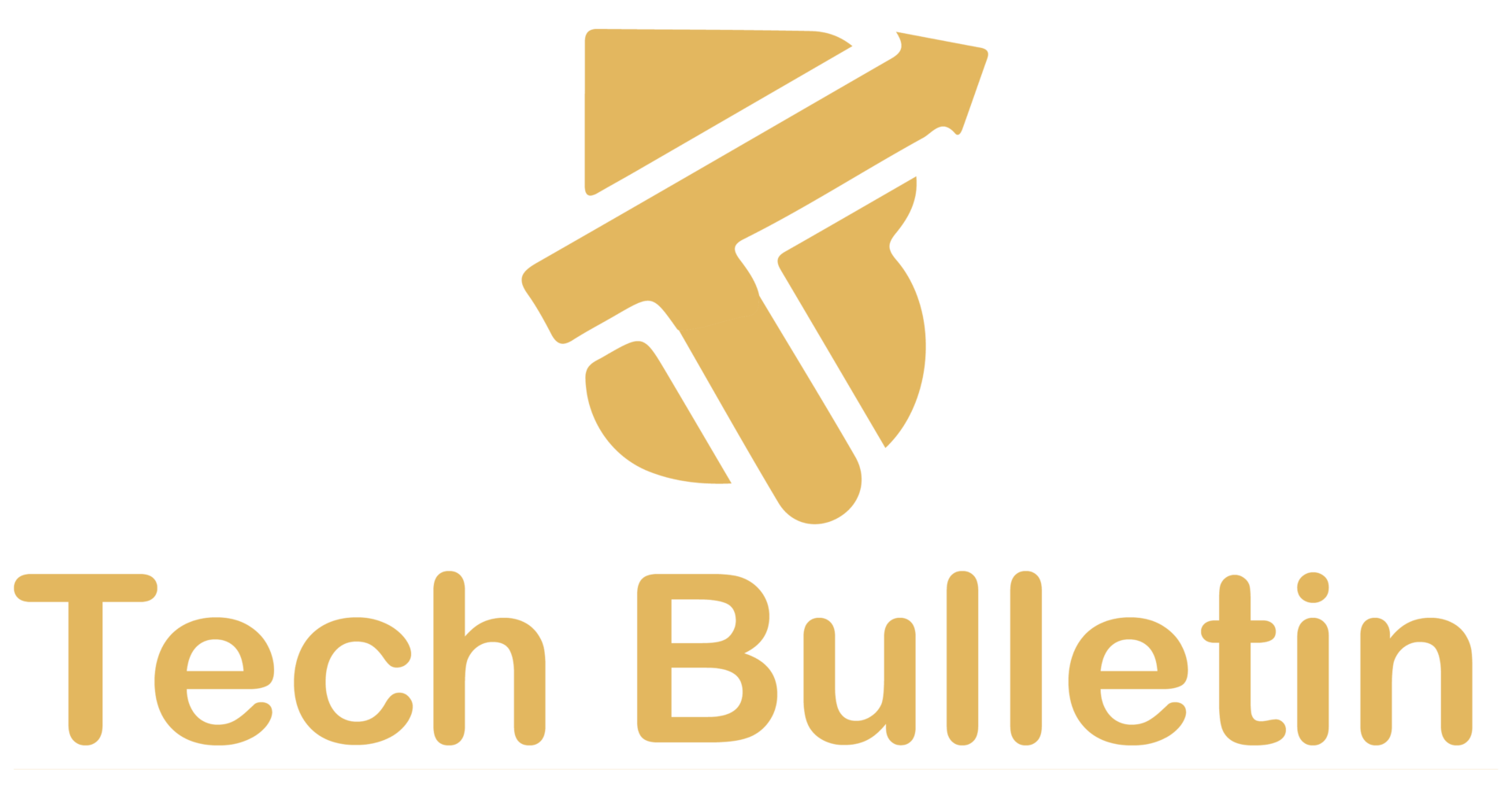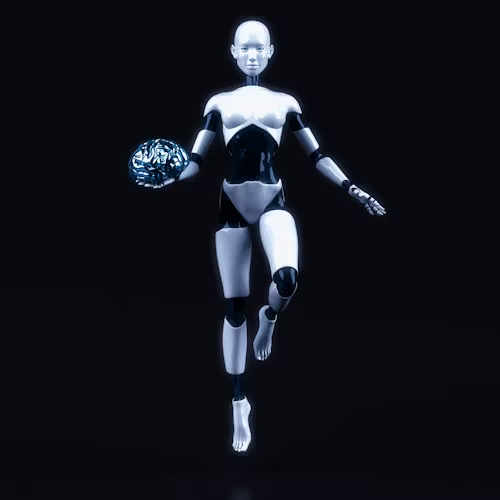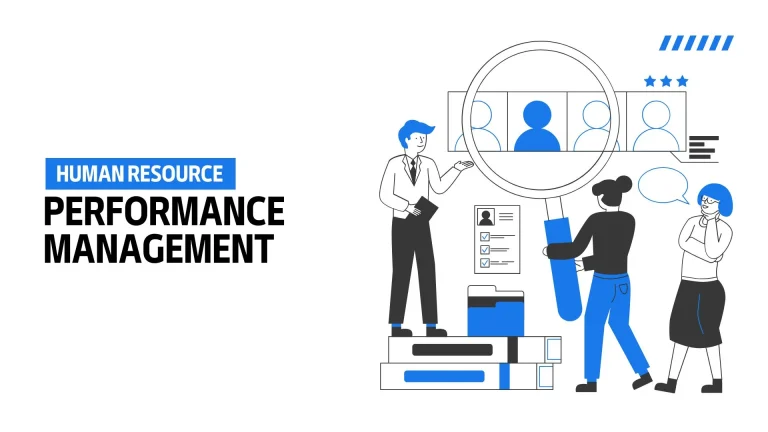Top Use Cases of OCR Generative AI Across Industries

Optical Character Recognition (OCR) and Generative AI are two powerful technologies shaping the digital transformation across industries. OCR enables the conversion of physical documents into machine-readable text, while Generative AI uses deep learning to generate new content and insights from data. Together, they’re creating smarter, faster, and more efficient workflows.
By combining OCR’s data extraction capabilities with the predictive and creative prowess of Generative AI, businesses can automate routine tasks, improve accuracy, and unlock new insights from unstructured data.
OCR Generative AI in the Healthcare Industry

OCR Generative AI is revolutionizing healthcare operations, where managing large volumes of handwritten and printed records has always been a challenge.
Automating Patient Record Management
Hospitals and clinics often deal with physical forms and notes. OCR Gen AI can digitize these, extract critical patient data, and populate Electronic Health Records (EHRs) in real-time.
Prescription Interpretation
Doctors’ handwriting can be notoriously hard to read. OCR tools trained with generative AI models can accurately decode prescriptions, reducing errors in pharmacies.
Medical Billing
Automating billing by extracting relevant codes and data from documents increases efficiency, ensuring timely insurance claims and payments.
Transforming Banking and Finance with OCR Gen AI

Financial institutions handle vast amounts of paper-based and digital documents daily.
Processing Handwritten Checks
Banks use OCR to scan and verify handwritten checks, while generative AI helps predict fraudulent behavior or errors.
KYC Document Automation
Know Your Customer (KYC) processes become seamless as OCR extracts customer details from ID documents, and Gen AI validates data and flags inconsistencies.
Fraud Detection Support
AI models trained on OCR data can detect anomalies in transaction patterns or document forgery signs faster than traditional methods.
Revolutionizing Retail and E-Commerce

Retailers are using OCR Generative AI to boost productivity and improve customer experience.
Automated Inventory Labeling
OCR reads product labels and stock barcodes, while AI models generate SKU data, helping manage inventory automatically.
Invoice and Receipt Scanning
Retailers digitize invoices and receipts for expense tracking and customer returns, saving hours of manual work.
Personalized Shopping Experiences
Generative AI models analyze scanned data to personalize recommendations and optimize marketing strategies.
Impact on the Legal Sector
Legal firms manage volumes of documentation that require precision and archival.
Digitizing Old Case Files
OCR helps scan and digitize historical documents, making them searchable for faster case research.
Contract Analysis
AI tools can review contracts, extract clauses, summarize terms, and suggest edits, cutting hours of legal labor.
Legal Research Automation
Combining OCR with AI allows lawyers to retrieve relevant precedents quickly, improving litigation preparedness.
Enhancing Education and Academia

OCR and Generative AI streamline educational workflows.
Transcribing Handwritten Notes
Students and educators can digitize handwritten notes and use AI to summarize or translate content.
Research Document Scanning
OCR extracts data from research papers, while generative models help generate summaries or create citations.
Student Record Management
Automation helps institutions maintain accurate, accessible, and secure student records.
Logistics and Supply Chain Optimization

In a fast-paced industry, automation is key.
Shipping Label Recognition
OCR reads and verifies shipping labels, helping route packages efficiently.
Customs Documentation Automation
AI-assisted OCR expedites import/export clearance by processing customs forms automatically.
Route Planning Support
Combined with logistics AI, scanned documents can inform better route and delivery planning.
Insurance Industry Efficiency Gains
OCR Generative AI streamlines insurance workflows and improves customer experience.
Claims Document Processing
Insurers can quickly assess claims by extracting text and generating summaries from scanned forms and photos.
Underwriting Data Extraction
OCR extracts historical data, and Gen AI predicts risk profiles, enhancing underwriting precision.
Fraud Analysis
AI detects discrepancies and predicts fraudulent claims through intelligent document comparison.
OCR Gen AI in the Travel and Hospitality Sector

OCR Generative AI makes travel smoother and more secure.
Passport and Visa OCR
Travel documents are scanned at borders, and AI verifies them against databases for faster immigration.
Booking Confirmation Management
OCR digitizes paper tickets and hotel bookings, syncing them to apps and calendars.
Translation of Handwritten Notes
OCR reads local notes or signs, and AI translates them in real time for travelers.
Use in Real Estate and Property Management

Real estate relies heavily on documentation, and OCR Generative AI helps modernize and streamline operations.
Lease and Contract Digitization
OCR scans physical lease agreements while generative AI analyzes clauses, tracks expiration dates, and flags legal issues.
Property Document Indexing
Large real estate portfolios involve thousands of documents. OCR automates indexing, while AI helps with retrieval and comparison.
Tenant Screening Automation
From handwritten references to scanned IDs, AI tools extract, analyze, and generate tenant profiles quickly.
Empowering Human Resources with Automation

HR departments are finding OCR Generative AI a game-changer.
Resume Parsing and Classification
OCR reads resumes and AI extracts skills, qualifications, and experience to match candidates with job roles more accurately.
Document Verification
From diplomas to certifications, OCR and AI validate and cross-reference documents during hiring.
Performance Records Management
AI summarizes performance review documents, helping managers make data-driven HR decisions.
Manufacturing and Industrial Use Cases

Manufacturers benefit from the precision and speed of OCR Generative AI.
Quality Inspection Reports
Paper-based QC reports are digitized and analyzed by AI to detect recurring issues or anomalies.
Equipment Log Digitization
Maintenance logs are often handwritten. OCR converts them into digital records, and AI predicts maintenance needs.
Compliance Documentation
Generative AI helps ensure regulatory compliance by organizing scanned documents and generating reports.
Cross-Industry Benefits of OCR Generative AI
Regardless of sector, the benefits of OCR Generative AI are clear:
- Cost Reduction: Reduces manpower and operational costs.
- Improved Accuracy: Minimizes human error in document handling.
- Scalability: Systems scale easily across departments and geographies.
- Enhanced Decision-Making: Converts unstructured data into actionable insights.
Challenges and Limitations
Despite the benefits, adoption of OCR Generative AI has its hurdles:
- Privacy Concerns: Sensitive data must be handled with care and encryption.
- Data Standardization: Unstructured formats and poor handwriting remain a challenge.
- Legacy System Integration: Older IT infrastructure can limit the potential of AI deployment.
FAQs
Q1: What types of documents can OCR Generative AI process?
A: OCR Generative AI can process handwritten notes, printed forms, scanned images, PDFs, and digital photos.
Q2: Is OCR Generative AI secure for sensitive information?
A: Yes, with proper encryption and compliance frameworks like GDPR or HIPAA, it is secure.
Q3: Can OCR Generative AI handle poor handwriting?
A: While challenging, generative AI models trained on diverse scripts can improve recognition accuracy.
Q4: How long does it take to implement OCR Gen AI?
A: Depending on scale, small systems can be deployed in weeks, while enterprise rollouts may take a few months.
Q5: Do I need coding knowledge to use OCR Gen AI tools?
A: Many platforms offer no-code solutions, allowing non-tech users to operate them easily.
Q6: What are the leading tools available today?
A: Tools like Google Vision AI, Amazon Textract, and Microsoft Azure AI are among the top choices.
Conclusion
In a world brimming with data, OCR Generative AI stands out as a transformative force. It empowers industries to convert static documents into dynamic insights, automate repetitive workflows, and deliver faster, smarter services.
From healthcare to real estate, every sector can benefit from its power. As the technology matures, we can only expect more intelligent, seamless, and scalable applications.







